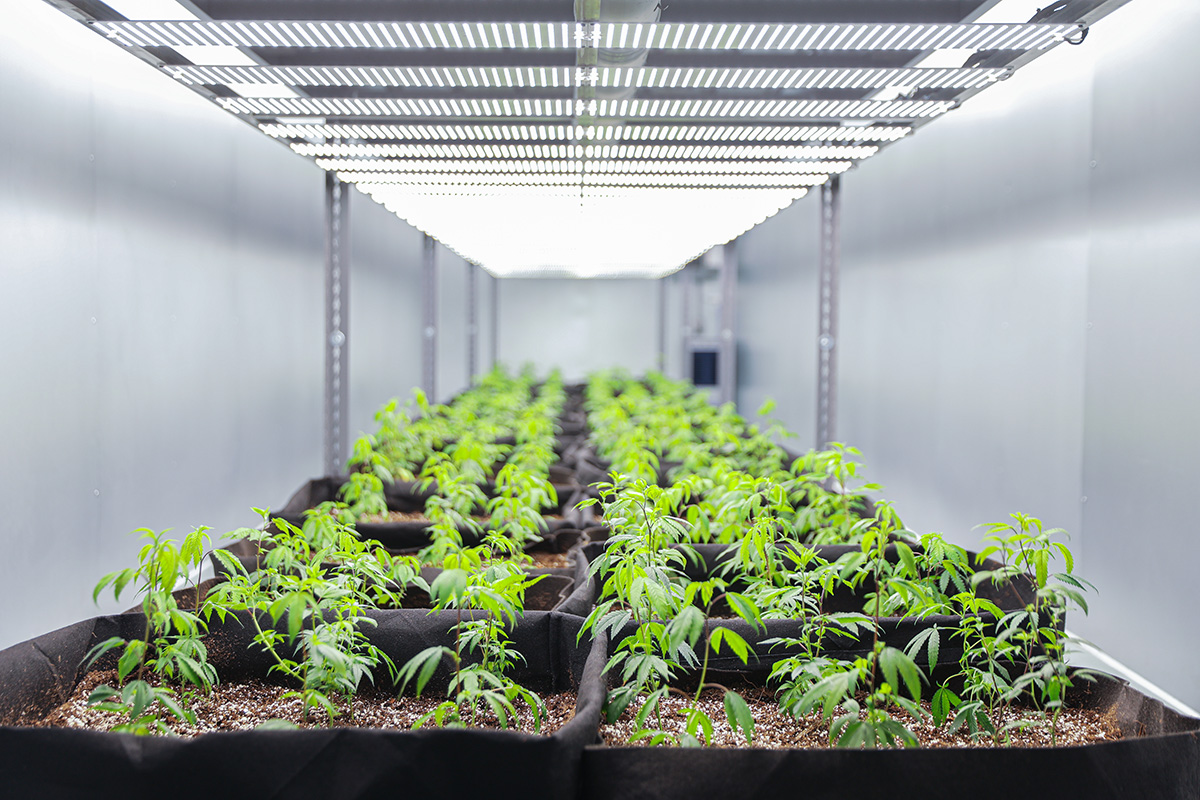How To Avoid Pests In Modular Farms
However, there are many techniques that farmers using indoor modular farms or container farms can use to minimise risk to their crops and their business. There are five basic methods of pest control:
Chemical Pest Control:
The use of pesticides. This can be attractive if you have an aggressive attack but this method is discouraged. A modular farm is a “closed-loop” environment: an ecosystem which is finely balanced. If pesticides are used, the balance could be permanently altered or even destroyed. The alternatives are:
Cultural Pest Control:
Cultural control practices are the foundation of integrated pest management (IPM) programs. Cultural controls are not usually intended to suppress insect outbreaks, but are designed to prevent infestations from developing in the first place. It usually requires some knowledge of the unwanted insect. Examples include changing soil pH or fertility levels, irrigation practices, amount of light, temperature, or the use of beneficial insects [e.g. ladybugs or praying mantis (see biological control)]. Using cultural control before chemical control can reduce detrimental effects on the ecosystem of any pest attack.
Mechanical Pest Control:
This approach uses physical methods when an infestation is too extreme to manage by gradual change. This is labour intensive and hands-on hence expensive and usually requires some knowledge of what’s best for the plant in terms of recovery. Techniques include handpicking out insects, putting down traps (like sticky traps), using barriers, physically closing all ingress areas and vacuuming to prevent further breeding.
Biological Pest Control:
This approach is tricky and requires some deep knowledge. The idea is introducing predatory insects that will consume and eradicate targeted pests. Examples include nematodes, ladybugs, spiders and midges. Biological insecticides would also fall into this category. The danger in using live predator insects is ensuring that they themselves don’t become an infestation.
Architectural pest control:
This method involves changing the form of the modular farm to prevent infestation. A common way is to create what’s usually called a “vestibule” or “airlock” module. This is a bridge unit that connects growing rooms to each other or the outside world. It allows the farmer to move from module to module without excessively changing the internal envenoms as well as a place to put on protective clothing so clean areas stay clean.
Preventing pests is something you’ll need to think about even at planning stages as it alters the layout and form of your growing environment. Combined with effective farming practice, however, it provides a simple way of minimizing pest attack in the long run. Investments made now will always pay off.
Address
Micro Lab Farms
3353 Needles Hwy
Needles, CA
(951) 266-6096

